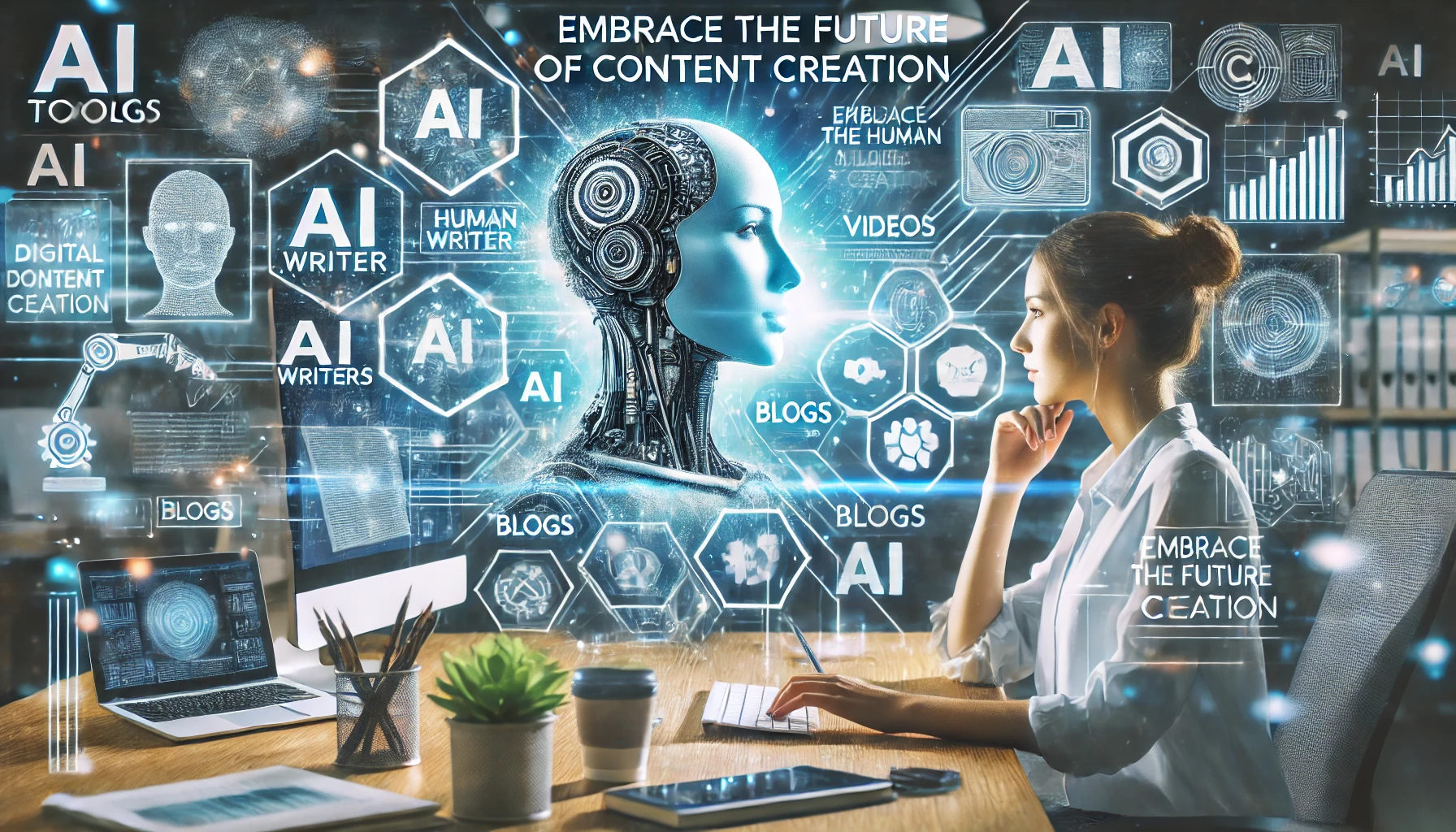Introduction to AI in Content Creation
Artificial Intelligence (AI) has been transforming various industries, and content creation is no exception. From generating articles and social media posts to creating videos and personalized content, AI is becoming an indispensable tool for marketers and content creators. The journey began with simple automation and has now evolved into sophisticated algorithms capable of producing high-quality content at scale.
Statistics and Projections
Experts predict that by 2026, 90% of online content will be AI-generated. This projection highlights the rapid adoption and integration of AI technologies in digital marketing and content creation. The implications are vast, affecting industries ranging from advertising and media to education and healthcare.
Benefits of AI-Generated Content
- Efficiency in Content Production: AI can produce content faster than humans, allowing for quicker turnaround times and increased output.
- Consistency and Scalability: AI ensures uniformity in tone and style, making it easier to maintain brand voice across large volumes of content.
- Cost-Effectiveness: Automating content creation reduces the need for large teams of writers, significantly cutting costs.
Challenges and Ethical Considerations
- Quality Control and Authenticity: Ensuring the quality and originality of AI-generated content is crucial to maintain credibility.
- Ethical Implications: The potential for AI to produce misleading or biased content raises ethical concerns that need to be addressed.
- Potential for Misinformation: AI-generated content could be used to spread false information if not properly monitored.
How to Use It with Practice Steps
Step 1: Understand AI Content Tools
- Research and Select Tools: Identify the AI content generation tools that best fit your needs. Popular options include GPT-4 for text generation, Lumen5 for video content, and Canva’s AI features for graphic design.
- Evaluate Features: Look for tools that offer customization, integration capabilities, and user-friendly interfaces.
Step 2: Integrate AI into Your Workflow
- Incorporate AI Tools: Start by integrating AI tools into specific parts of your content creation process, such as drafting articles or creating social media posts.
- Balance with Human Oversight: Ensure that AI-generated content is reviewed and edited by humans to maintain quality and relevance.
Step 3: Monitor and Optimize
- Performance Monitoring: Use analytics to track the performance of AI-generated content. Metrics to monitor include engagement rates, conversion rates, and user feedback.
- Continuous Improvement: Regularly update and refine your AI tools and strategies based on performance data and industry trends.
Who Benefits and What is the Benefit?
Beneficiaries
- Marketers and Content Creators: Gain efficiency, scalability, and cost savings.
- Businesses: Enhance marketing efforts with timely and consistent content.
- Consumers: Access a wider variety of content tailored to their interests.
Who is Hurt by This, What’s the Cost?
Impacted Groups
- Traditional Writers and Journalists: Face job displacement and reduced demand for manual content creation.
- Content Quality: Risk of lower-quality content and loss of human touch.
- Ethical Concerns: Potential issues related to the authenticity and trustworthiness of AI-generated content.
Large Scale Effects on World and Humanity (Big Picture Visionary Perspective)
Transformation of Digital Landscapes
The digital landscape will undergo significant transformation as AI-generated content becomes the norm. This shift will create a more automated and data-driven content ecosystem, enhancing efficiency but also raising new challenges.
Impact on Information Consumption
As AI-generated content proliferates, consumers will need to adapt to new ways of consuming and verifying information. Trust in digital content will become a critical issue.
Future of Work
The rise of AI in content creation will redefine job roles and required skills in the industry. There will be a growing demand for professionals who can work alongside AI, leveraging its capabilities while maintaining the human elements of creativity and judgment.



